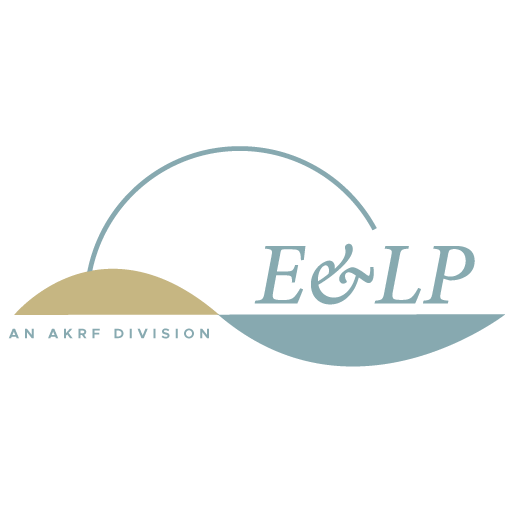Indigenous knowledge, innovations, technologies, and goods have a well-felt global impact. In honor of Indigenous People’s Day, we want to take a closer look at indigenous innovations that are either still prevalent in modern-day engineering practices and daily life or are unexplainable by experts today:
- Tar/Asphalt: Today, asphalt is used for roads, driveways, roofing materials, and in select waterproofing methods – but long before that, the Chumash people, in Southern California used bitumen balls, a component of tar, found on the beach to; caulk the seams of ocean crafts, waterproof woven basks to use as drinking canisters, and make casts for broken bones.
- Earth Mounds in Louisiana: There is evidence of sophisticated engineering expertise in the land of Poverty Point, Louisiana. There are earthen mounds that rise as far as 66 feet above the ground that were built by the indigenous communities that lived there more than 3,000 years ago. The mounds have held together with no failure or major erosion, which points to the fact that those responsible were, “incredible engineers with very sophisticated technical knowledge” says Tristram R. Kidder, an anthropologist at the University of Washington. This was made possible with the right combination of materials and soils that are similar to Roman concrete or rammed earth in China. Kidder says that, “there is some magic there that our modern engineers have not been able to figure out yet.”
- Suspension Bridges: The Q’eswachaka Bridge in Canas Province, Peru holds great significance as it was part of the first network of bridges that connected different Inka communities throughout the Andes Mountains. This connection was essential to the organization and administration of the state, and even after the fall of the Inka Empire, the bridges continued to be used until the 20th The Inka Bridges had three common design characteristics: braided cables of natural fiber formed the floor and handrails, stones were used to anchor the cables on each side of the bridge, and vertical ties ran between the main cables and handrails. When comparing to modern-day bridges, the only difference is that the main cables of the Inka bridges were not only supportive additions, but served as the walkway as well.
Indigenous innovations consistently served the communities daily and strengthened their understanding of and connection to nature surrounding them. Sustainability is part of their legacy on the earth. According to the Smithsonian National Museum of the American Indian, “today, indigenous teachings, traditional and new, present solutions to modern-day issues in need of innovation.” Industrial farming, as an example, currently produces 70% of river and stream pollution in the United States while Inka agricultural terraces offer another approach that would limit that pollution. Sharing Indigenous legacies of scientific advancement is especially important in classrooms to define Native Americans not only by their social encounters with others, but through their own accomplishments. Native knowledge is scientific and sustainable, and Native students are more likely to pursue careers in STEM when they see themselves and their communities represented. There are organizations like the American Indian Science and Engineering Society (AISES) and the American Indian Council of Architects and Engineers (AICAE), which are non-profits, that focus on increasing the representation of native professionals in STEM and design and creating opportunities for Native people to advance their skills











